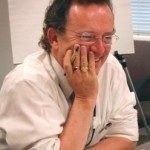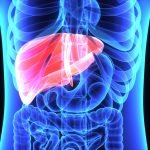New Tosh and Old Adjectives: When Terminology Obfuscates
Education
David J. Schleich, PhD
Before the widely touted term, “integrative” (clever label), there was “complementary and alternative [CAM]” (opportunistic tosh). Integrates what with what? Complements what? Alternative to what? Sometimes, though, in that often opportunistic musical chairs of terminology, there were helpful terms, such as “biopsychosocial” or “psychoneuroimmunology,” created to depict aspects of medicine which were not catapulting us headlong into the molecular machinery of reductionism.
Long before any of those, we had “naturopathic” as an adjective to describe a medicine about the whole person moving in time and space on an equally complex and interconnected planet of living beings and interdependent systems of energy and matter. The term “naturopathic” has early 20th-century origins with Benedict Lust, as naturopathic doctors know. However, the terminology terrain continuously hurtles along, reacting to new ideas, shifting circumstances, and old problems. In such an environment of professional competition and economic rivalry, every change in terminology about medicine subtly gives notice that something is afoot in the dominant medical paradigm of the day.
This change is either hinted at or systematically reported, depending on the forum and timing. The State University of New York (SUNY) Series about constructive postmodern thought is a terrific body of literature for those studying the evolution of medicine in North America. That series, for example, includes titles such as Foss’ The End of Modern Medicine (2001) and Griffin’s Spirituality and Society (1988). Through these works, the “anomalies in the dominant mechanistic paradigm [in medicine]” (Foss, p.x) are becoming clearer and less able to linger as untested assumptions or logical inconsistencies. In the biomedical science world, which had an iron grip until recently on everything from vaccinations to acceptable treatments available in Veterans Affairs’ hospitals, “only the data of the modern natural sciences are allowed to contribute to the construction of our public worldview” (Foss, p.xvii) and thus to public policy on health promotion and what health itself actually means. Other data, such as the pernicious impact of addictive pharmaceuticals or the alarming statistics about iatrogenic disease, fray the protective cocoon of evidence-based medicine so long appropriated by the allopathic sector.
Big Science & Emergentism
The sheer mass of science itself waves aside all other worldviews in its path. Half a century ago Alvin Weinberg (1967) alerted us to this phenomenon – not that it surprised too many educators at the time or has since – by calling it “big science.” Derek de Solla Price observed, “[A]ny young scientist, starting now and looking back at the end of his career upon a normal life span, will find that 80 to 90 per cent of all scientific work achieved by the end of the period will have taken place before his very eyes and that only 10 to 20 percent will antedate his experience.” (de Solla Price, 1963, p.3). De Solla Price and others predicted the massive increases in medical research that would propel biomedicine further along its trajectory of complete global dominance of medical care. Between 1950 and 1960, for example, the National Institutes of Health average expenditures per project doubled. Today, compared to 1950, that number is 40 times higher.
In the Kuhnian (1962) sense, flickering on the horizon of the philosophy of science and a growing body of literature enriched by the physicalism of Ludwig Wittgenstein, Martin Heidegger, and others, is a more robust, critical examination of that modern scientific framework. Even French thought-leaders such as Derrida, Foucault, and Kristeva weighed in. On the one hand, they acknowledge the early work of William James and Charles Pierce, but on the other hand alert us to the impending “massive deconstruction of many received concepts” about medical science and about medicine itself. (Foss, Griffin, p.xvii)
As the most recent considerations of scientific method and medical science proliferate, the argument has recently and dramatically arisen among such leading scholars as Griffin , Smith, Inchausti, Orr, Odin, Ferrre, Lubarsky, and others that “effectively delink[s] the laws and theories discovered over the past three hundred years from the scientific framework that has come to be associated with these laws and theories, the framework of physical fundamentalism.” (Foss, 2002, p.9) What this translates into is not news to the naturopathic physician. In the past decade, in particular, even biomedicine professionals increasingly recognize a newly emerging and different understanding of health.
The unrelenting developments in the life sciences (eg, molecular biology, genetics), in the same half-century referenced above, have bumped recently against this “emergentism,” or against what Foss calls “a quite different intellectual sea change” (p.11) – one which enables “our growing understanding of consciousness as capable of influencing physical reality” (p.11). For example, the world described by E.A. Burtt, in his 1924 seminal work (republished in 2016, a testament to its enduring value), The Metaphysical Foundations of Modern Physical Science, posits a world “composed of independently existing fundamental units that are not influenced by mental processes or by nonsubstantive factors such as information or ideas” (Foss, p.11), which is at odds with what David Lindley more recently (1993) described as “wholly unexplained quantum interferences” that lead us to conclude that “perfect objective knowledge of the world cannot be had,” since “the thing measured is influenced by the measurement” (p.62). This new model is sometimes referred to these days as psychosocial medicine.
What Bill Knew
The late Dr Bill Mitchell, a legendary naturopathic physician from Washington, introduced me to that term. In fact, in Dr Mitchell’s remarkable repertoire of beliefs, skills, knowledge, and philosophy, he also knew that naturopathic medicine is “more an ontology than an epistemology” (NCNM News, Fall 2004). In this regard, Lindley explains that “when a measurement is made, the quantum wave ‘collapses’ in that knowledge of the system changes, and this change affects the future behavior of the particle: information, or knowledge, has a material effect!” (Foss, p.12). In this very same regard, Bill Mitchell taught me one afternoon, during a marvelous botanical field trip in a ravine near in the north part of Toronto, about the “ontology of naturopathic medicine” and the work of Werner Heisenberg (whom Bill described as “the chief architect of the new physics”): “What we observe is not nature itself, but nature exposed to our method of questioning.” (Heisenberg, 1971)
Bill Mitchell often said to colleagues, “If we do not learn to live according to the laws of the nature of all things, we will continually suffer as the vital force of the planet herself is further damaged over time.” (NCNM, 2004) In one of those brilliant, captivating monologues of his about the primacy of nature, he asserted that ever since the Galilean-Cartesian-Baconian-Newtonian avalanche crashed down into the valley “where our miraculous plants and their medicines thrive, waiting for us naturopathic doctors to embrace their power on behalf of our patients” (NCNM, 2004), that avalanche had “muffled the influence of divinity, cosmic meaning and enchanted nature in our lives.” I made notes that night. In those notes I record that he said that that avalanche was rusting out the vitalism that he revered, but that it would never conquer it. That avalanche has insisted ever since, he iterated, that the human body is a machine “governed not by a vital force but by the nonmaterial mind.” (Foss, McWhinney, ix)
Keepers of the Lore of Natural Medicine
Bill Mitchell reminded us on many occasions that doctors should be “the keepers of a lore of natural medicine that goes back in history many thousands of years” and that this heritage is “precious and must be studied.” (NCNM, 2004) He assured many naturopathic students and colleagues for decades that “the force that inspires this medicine is powerful and will prevail.” He cautioned, for example, that if we fail to define and brand naturopathic medicine and always to practice it according to its principles, we will get assimilated by a rising tide of mainstream allopaths claiming new turf which they call “Integrative Medicine.” Worse, he asserted, more than once before his death in 2007, “We will otherwise risk forgetting the depth of naturopathic medicine as pressure mounts to narrow our medicine to fit snugly into an allopathically defined range of ‘evidence-based medicines.’” (NCNM, 2004) Natural medicine can be studied too. Research institutes such as Helfgott at National University in Portland are on the case.
It is in this latter regard that we have reason to be optimistic, given the rapid spread of the postmodern thought referenced earlier. Also called “medical ontology,” there is a growing interest and a corresponding accumulation of literature about the conceptual foundations of medical science. We do not want to look to the medical doctors in clinics and hospitals for inklings of what is emerging. Rather, ever since George Engel’s groundbreaking conversation, “The Need for a New Medical Model: A Challenge for Biomedicine” (Engel, 1977), there is a new model of medicine (he called it the “biopsychosocial” model) taking root. Quite the self-organizing universe! The correlation between psychosocial variables and disease susceptibility are now in the mainstream medical lingo. About time.
References:
Burtt, E. A. (2015). The Metaphysical Foundations of Modern Physical Science. Kettering, OH: Angelico Press.
De Solla Price, D. J. (1963). Little Science Big Science. New York, NY: Columbia University Press.
Engel, G. L. (1977). The need for a new medical model: a challenge for biomedicine. Science, 196 (4286): 129-136.
Foss, L. (2001). The End of Modern Medicine: Biomedical Science Under A Microscope. New York, NY: State University of New York Press.
Foss, L. (2001). Introduction to SUNY Series in Constructive Postmodern Thought, D. R. Griffin. (p. xvii). New York, NY: State University of New York Press. Available at: http://onhiat.us/index.php/books/download/id=605904&type=stream. Accessed June 18, 2018.
Foss, L. (2001). Foreward, I.R. McWhinney. (p. ix). New York, NY: State University of New York Press. Available at:
Griffin, D. R. (1988). Spirituality and Society: Postmodern Visions. New York, NY: State University of New York Press.
Heisenberg, W. (1971). Physics and Beyond: Encounters and Conversations. New York, NY: HarperCollins Publishers.
Kuhn, T. S. (1962). The Structure of Scientific Revolutions. Chicago, IL: University of Chicago Press.
Lindley, D. (1994). The End of Physics: The Myth of a Unified Theory. New York, NY: Basic Books.
NCNM NEWS. (Fall 2004). Quarterly Newsletter. National College of Naturopathic Medicine, Portland, OR.
Weinberg, A. M. (1967). Reflections on Big Science. Cambridge, MA: M.I.T. Press.
 David J. Schleich, PhD, is president and CEO of the National University of Natural Medicine (NUNM), former president of Truestar Health, and former CEO and president of CCNM, where he served from 1996 to 2003. Previous posts have included appointments as vice president academic of Niagara College, and administrative and teaching positions at St. Lawrence College, Swinburne University (Australia) and the University of Alberta. His academic credentials have been earned from the University of Western Ontario (BA), the University of Alberta (MA), Queen’s University (BEd), and the University of Toronto (PhD).
David J. Schleich, PhD, is president and CEO of the National University of Natural Medicine (NUNM), former president of Truestar Health, and former CEO and president of CCNM, where he served from 1996 to 2003. Previous posts have included appointments as vice president academic of Niagara College, and administrative and teaching positions at St. Lawrence College, Swinburne University (Australia) and the University of Alberta. His academic credentials have been earned from the University of Western Ontario (BA), the University of Alberta (MA), Queen’s University (BEd), and the University of Toronto (PhD).









